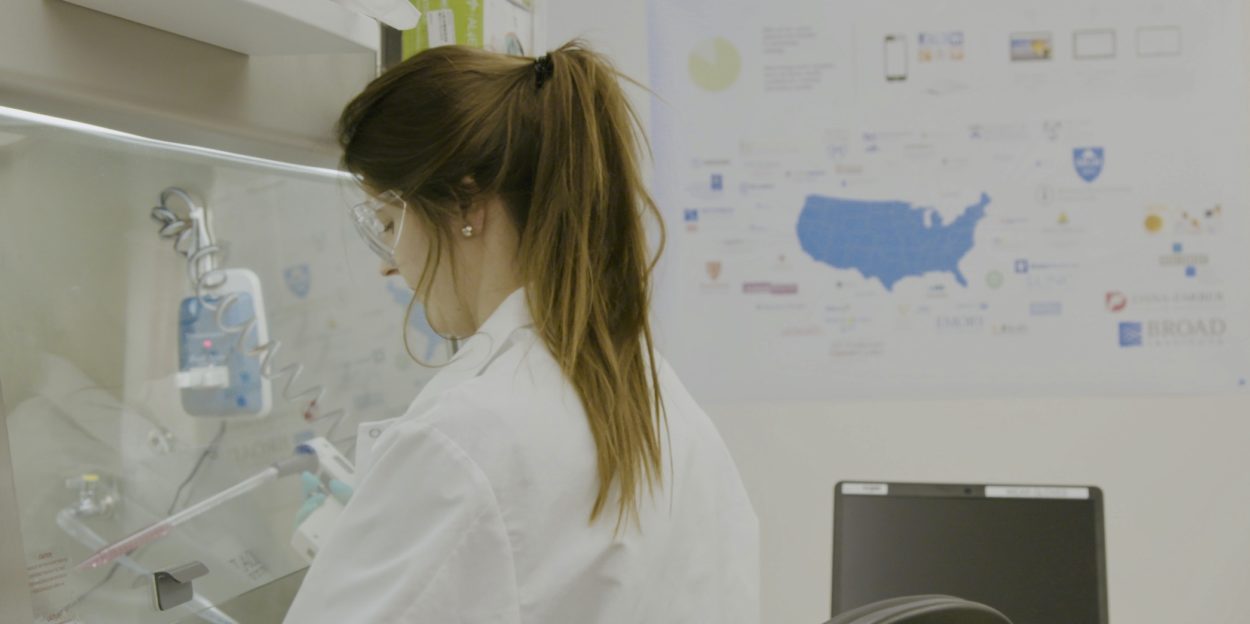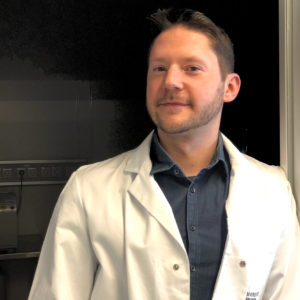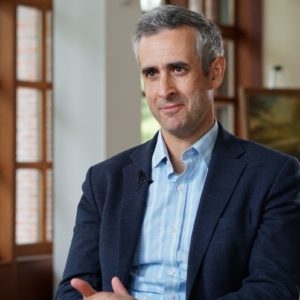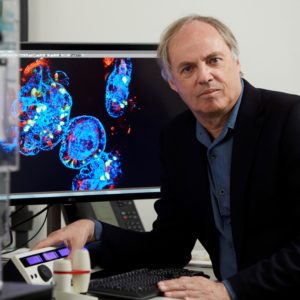
Solutions in Sight for Longstanding Obstacle in NET Research
When the Neuroendocrine Tumor Research Foundation (NETRF) was established in 2005, one of the obstacles facing NET research was the lack of neuroendocrine tumor (NET) cell lines. Since then, NETRF has funded and initiated projects to generate NET cell lines. Now NETRF is excited to announce three milestones in the quest to establish these essential research tools.
“The lack of effective NET cell lines has been a critical concern to NETRF because it limited advancement in the field,” said John Kanki, PhD, NETRF Director of Research. “Today, we are excited to report outstanding, measurable success.”
What is a cell line?
Cells extracted from human neuroendocrine tumor tissue, which are donated by patients following surgery, can be adapted in the laboratory to grow continuously. Researchers use cell lines to study tumors, conduct experiments, and test treatments.
To stimulate progress in NET cell lines, NETRF established a Cell Line Prize, funded cell line research, and launched a collaboration with a nationally known research institute. Each of these initiatives has succeeded in establishing NET cell lines.
German scientist awarded NETRF Cell Line Prize

Persistence paid off for a German researcher who set his sights on NETRF’s Cell Line Prize. NETRF has awarded a Cell Line Prize to Kevin Mellert, PhD, Institute of Pathology, Ulm University Hospital, Germany, who has been working for more than five years to develop the U-NET1 cell line.
“This special cell line was initially established 24 years ago at our Institute by my colleague Dr. Brüderlein as a rare metastatic tumor cell line originating from tissue of a patient suffering from a pancreas tumor,” said Dr. Mellert.
Upon joining the Institute of Pathology in 2015, Dr. Mellert learned about NETRF’s Cell Line Prize. Dr. Mellert said establishing a rare tumor cell line is complex and requires good cell culture facilities, experienced lab workers, the willingness to invest a lot of time and effort (despite the high likelihood of failure), and more than a little bit of luck.
The achievement follows five years of effort by NETRF and Dr. Mellert when they worked to resolve multiple challenges, ranging from optimizing cell culture conditions to international import restrictions. To qualify for the prize, Dr. Mellert had to make the cells available to researchers around the world through the American Type Culture Collection (ATCC), a centralized distributor of biological materials for research.
Broad Institute develops NET organoid cell line
In Boston, researchers at the Broad Institute of MIT and Harvard used a high-throughput, assembly-line approach to develop rare cancer cell lines, including NETs. They even dubbed it a “cell line factory.” Their structured, scientific approach, known as the Rare Cancer Dependency Map, was designed to quickly identify and overcome technical bottlenecks in cell line development and drug testing by engaging patients directly using social media outreach and inviting them to donate their living tissue. NETRF awarded the Broad Institute a grant in 2019 to generate three-dimensional NET cell lines, called “organoids.”

“One of the reasons that rare cancer research has lagged so far behind is that researchers have not had living tumor tissues with which to perform their experiments,” said Jesse Boehm, PhD, Scientific Director, Rare Cancer Dependency Map, Broad Institute.
The Broad’s “direct to patient” approach is already turning out to be a winning investment, according to Dr. Kanki. One of these tumor samples, from a metastatic small intestinal NET, has already been successfully propagated as a cell line. This is the first NET rare cancer cell line to be created through the Rare Cancer Dependency Map and more lines are in the pipeline. To make the cell line available to researchers anywhere in the world, the Broad has started working with ATCC to expand the cell line at a central repository.
In addition, NET samples, representing other tumor sites, are being grown at the Broad Institute in hopes of establishing other NET cell lines.
“We’d like to fully build out the living collection of neuroendocrine patient samples to be 50-100 ultimately,” said Dr. Boehm. “We’re accepting more samples.”
“The Broad Institute developed its systematic approaches to cell line generation in hopes of improving the success rates for cancers like NET that have had low to no success in developing cell lines,” said Elyse Gellerman, NETRF Chief Executive Officer. “We are grateful to have the support of the Sharon Levine Foundation to make our collaboration with the Broad possible.”
This work would also not be possible without the help of patients who donate tumor tissue through Pattern.org, a collaborative organization that obtains patient consent and arranges for tumor tissue transport to the Broad Institute. To date, more than 27 patients have donated NET tissue for this research.
Beyond creating NET cell lines for the global research community, the Broad Institute will also molecularly analyze the cell lines to try to identify the cellular changes that contribute to the development of NETs. In addition, Broad researchers plan to expose these cell lines to over 6,000 drug compounds to see whether they can identify any that can slow or stop NET cell growth.
“These studies may have an enormous therapeutic impact and provide a wealth of information regarding the underlying biological pathways used by different NETs as well as other types of tumors,” said Dr. Kanki.
Netherlands lab leading the way
Some tumor cell lines, including ones developed at the Broad Institute, may consist of three-dimensional clusters of cells called organoids. One of the pioneers of this approach in cell line development is Hans Clevers, MD, PhD, Hubrecht Institute, Netherlands. In 2017, NETRF awarded Dr. Clevers an Accelerator Award to develop NET organoids.

Dr. Clevers continues to make progress in successfully growing human organoids derived from primary and metastatic NETs in the pancreas, small intestine, and lung. To date, the Clevers team has generated 52 organoid lines and has already shared some of them with other NET researchers for use in laboratory studies.
“Not only are they growing neuroendocrine tumor cells, but they’ve been able to grow normal gut tissue that has neuroendocrine cells within it and then expand the neuroendocrine cells within that tissue so that now we can start doing experiments on how neuroendocrine tumors occur and what causes them,” said George Fisher, MD, PhD, Co-Chair of NETRF Board of Scientific Advisors.
Clevers’ success has already received international recognition.
How you can help
Patients make this progress possible. “These advancements are based on a very valuable asset — donated tumor tissue,” said Gellerman. “We truly appreciate the generosity of patients in the United States, Germany, Netherlands, and Canada who have donated their excess tumor tissue after surgery to research. Their involvement has fueled this progress.”
“While this milestone achievement marks a new day in NET research, it does not come close to fulfilling all the needs for cell lines in NET research,” said Dr. Kanki. “Since neuroendocrine tumors are highly heterogeneous, looking and acting very differently from one another, there is a continued need for patient tumor tissue donation to establish additional types of NET cell lines.”
Studying the similarities and differences between these cell lines may help guide the development of more personalized treatments for NET patients based on the properties of their specific NET.
Watch this video to learn more about the importance of tumor tissue donation.
Find out how you or someone you know can donate tumor tissue.
